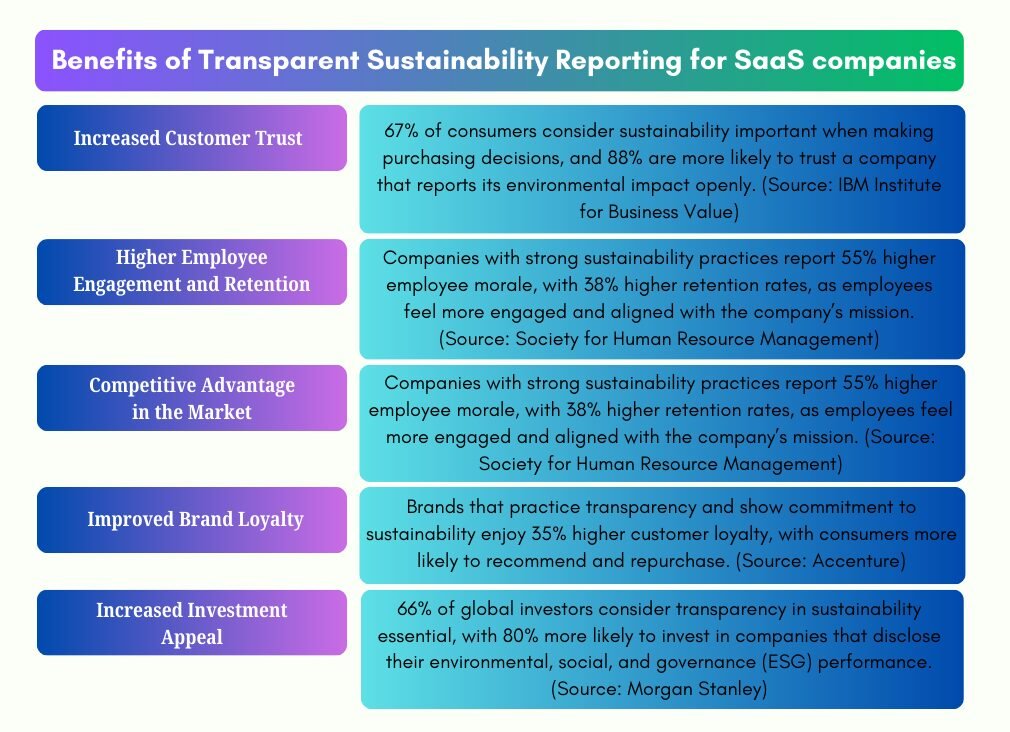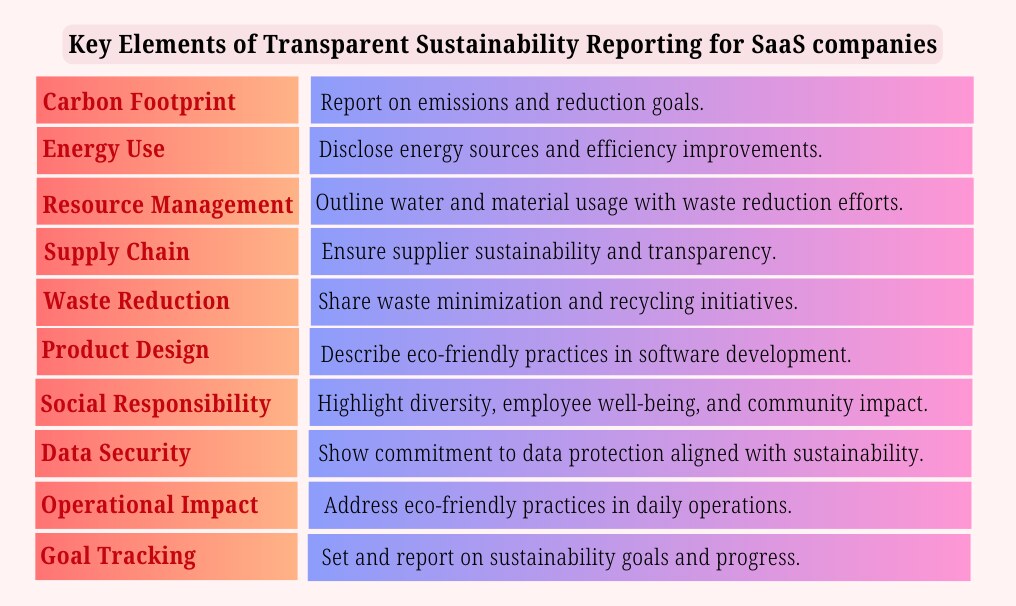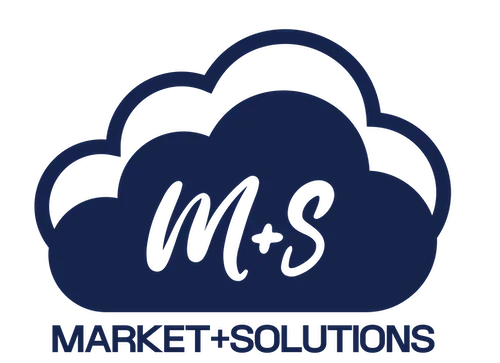Why Transparency in Sustainability Reporting is Essential for SaaS Success
Transparency in sustainability reporting isn’t about advertising or boasting—it’s a necessity.
Today, transparency isn’t just valued—it’s required and demanded.
And, SaaS companies are increasingly stepping into the spotlight. They are meeting expectations and revealing their environmental impact and sustainability commitments through in-depth reports and digital product passports. After all, when a business is truly committed, everybody deserves to know.
In the SaaS industry, trust is foundational.
So, transparency in sustainability reporting goes beyond satisfying curiosity. It builds credibility, solidifies authority, and serves as a powerful marketing advantage. For SaaS businesses that aim to lead in both market share and ethical impact, transparency sustainability reporting is a strategic asset with long-term rewards, fostering brand loyalty, driving organic traffic, and enhancing lead generation.
Understanding the Need for Transparency in Sustainability Reporting
SaaS clients and stakeholders demand to know the sustainability practices behind the products they support.
This demand places transparency at the heart of modern SaaS business models.
By committing to transparency in sustainability reporting, SaaS companies address growing concerns about climate change, environmental impact, and corporate responsibility.
Transparency is essential for SaaS companies to establish trust, especially when targeting eco-conscious clients. The decision to implement transparency in sustainability reporting allows these companies to showcase their environmental commitments and set themselves apart in an increasingly green-conscious market.

Key Elements of Transparency in Sustainability Reporting for SaaS Companies
The practice of transparency in sustainability reporting involves more than just publishing raw data. It’s about creating meaningful, accessible reports that resonate with audiences.
Here are essential components:
Clear and Measurable Environmental Metrics
SaaS companies engaging in transparency in sustainability reporting should provide specific, measurable data such as energy usage, emissions, and resource consumption. Providing precise data lends credibility and reinforces a genuine commitment to sustainability.
Digital Product Passports
Many SaaS companies now leverage digital product passports as part of their transparency in sustainability reporting. These digital documents track a product’s lifecycle, showcasing sustainable materials, energy sources, and responsible disposal methods. Digital passports are invaluable tools for reinforcing brand trust, as they allow clients to verify a product’s environmental footprint.
Carbon Offset and Reduction Goals
In addition to tracking current emissions, SaaS companies should outline their goals for reducing or offsetting carbon impact. By incorporating these targets into their transparency in sustainability reporting, companies can demonstrate a proactive approach, signaling a strong, ongoing commitment to sustainability.
Marketing Benefits of Transparency in Sustainability Reporting for SaaS
SaaS companies embracing transparency in sustainability reporting not only positions themselves as industry leaders. It also unlocks significant marketing benefits that directly impact growth.
Here’s how transparency in sustainability reporting bolsters a company’s marketing strategy:
Enhanced Brand Reputation and Authority
Transparency around environmental practices builds brand authority and establishes a unique value proposition. A SaaS company committed to transparency in sustainability reporting distinguishes itself as an ethical leader, making it more attractive to clients who prioritize sustainable practices.
Increased Customer Loyalty and Trust
Transparency in sustainability reporting fosters trust and loyalty. Clients feel reassured knowing they’re supporting a company that aligns with their values. Studies have shown that clients are more likely to stay with and advocate for brands that uphold sustainable practices, particularly when those practices are verified through transparency in sustainability reporting.
Improved SEO and Web Traffic
The digital content generated from the report often performs well in search engines. Many consumers actively seek information on sustainable brands, and SaaS companies publishing regular sustainability updates can capture this traffic. With strategic keyword placement, optimized content, and regular updates, transparency in sustainability helps drive organic search traffic and boosts visibility.
Transparency in Sustainability Reporting as a Tool for Lead Generation
While trust and loyalty are significant, transparency in sustainability reporting also creates unique lead-generation opportunities for SaaS companies.
And, here’s how transparency in sustainability reporting helps SaaS companies attract high-quality leads:
High-Value Content Creation
By publishing their sustainability data, SaaS companies can transform reports into high-value content. These reports can be expanded into blogs, whitepapers, infographics, and videos that engage eco-conscious audiences, attracting visitors who value sustainable business practices.
Targeted Green-Economy Outreach
Transparency in sustainability aligns SaaS companies with green industries, enabling targeted outreach. By advertising the reporting practices, SaaS companies can attract clients specifically interested in eco-friendly solutions. This approach results in higher conversion rates as leads are pre-qualified by their alignment with the company’s environmental focus.
Conversion-Driven Case Studies
Transparency in sustainability reporting can serve as the foundation for compelling case studies, showcasing real-world impact and performance data. SaaS companies can use these case studies to attract eco-conscious businesses, demonstrating the direct benefits of their transparency and sustainability initiatives.

Leveraging Digital Product Passports for Visibility and Trust
Digital product passports are vital tools in transparency in sustainability reporting for SaaS companies, providing clients with detailed data on the sustainability of specific offerings. These passports not only reinforce trust but also act as powerful marketing assets.
Building Brand Credibility with Accessible Data
Digital product passports reveal every step of a product’s lifecycle, including material sourcing, energy usage, and disposal methods. Clients appreciate the transparency, and this in-depth information strengthens brand credibility, especially for clients who value data-backed transparency.
Promoting Digital Passports as Marketing Tools
SaaS companies can promote these passports through social channels, newsletters, and website banners, reinforcing their commitment to transparency in sustainability. With strategic promotion, digital passports become powerful tools for brand visibility and trust-building.
Reinforcing Commitment through Product Lifecycle Transparency
By allowing clients to track every element of a product’s lifecycle, SaaS companies can illustrate the depth of their sustainable practices, encouraging clients to trust and invest in their offerings over competitors lacking such transparency.
Best Practices for Transparency in Sustainability Reporting
Implementing transparency in sustainability reporting effectively requires a strategic approach to maximize impact. Here are best practices for SaaS companies:
Commit to Consistent Updates
To maintain credibility, SaaS companies should update their sustainability reports consistently, whether quarterly or annually. Regular updates reinforce a commitment to improvement and sustainability goals, attracting return visitors and fostering a reputation for reliability.
Incorporate Third-Party Verification
Third-party validation through certifications such as Green Seal or B Corp enhances credibility. Third-party endorsements confirm that the claims within transparency in sustainability reporting are verified and trustworthy, giving clients an added layer of confidence.
Optimize for SEO and Social Media
When crafting sustainability reports, SaaS companies should optimize for search engines and social platforms. Strategic use of keywords, meta descriptions, and visual assets not only improves SEO but also increases shareability, reaching a broader audience. The practice of transparency in sustainability reporting becomes a conversation starter, driving engagement across digital platforms.
Examples of SaaS Companies Excelling in Transparency in Sustainability Reporting
Several industry-leading SaaS companies have successfully used transparency in sustainability reporting to their advantage:
- Salesforce: Salesforce provides comprehensive reports on its carbon-neutral commitments and renewable energy targets. By sharing its goals and progress openly, Salesforce has built a strong reputation as a sustainable leader, attracting clients who prioritize environmental responsibility.
- Asana: Asana is known for its transparency in sustainability initiatives, publishing regular updates on its website about its journey toward carbon neutrality. This level of transparency attracts environmentally-conscious clients who value companies that walk the talk.
- Microsoft: Microsoft has made bold commitments to becoming carbon negative by 2030. By transparently sharing progress and challenges in achieving this goal, Microsoft has positioned itself as a trustworthy, environmentally responsible choice for SaaS solutions.
Conclusion
For SaaS companies, transparency in sustainability reporting represents more than a responsible business practice; it’s a strategy for driving growth, building trust, and setting themselves apart in a competitive market. By openly sharing their environmental impact, SaaS companies cultivate brand loyalty, attract high-quality leads, and secure a strong reputation for ethical practices.
As the market leans toward eco-conscious values, transparency in sustainability reporting allows SaaS companies to connect with clients and partners who prioritize sustainability. With this approach, SaaS companies can transform transparency into a lasting competitive advantage, positioning themselves as leaders in both innovation and responsibility. Embracing transparency is more than an obligation—it’s a powerful tool for growth and an essential step toward a sustainable future.

